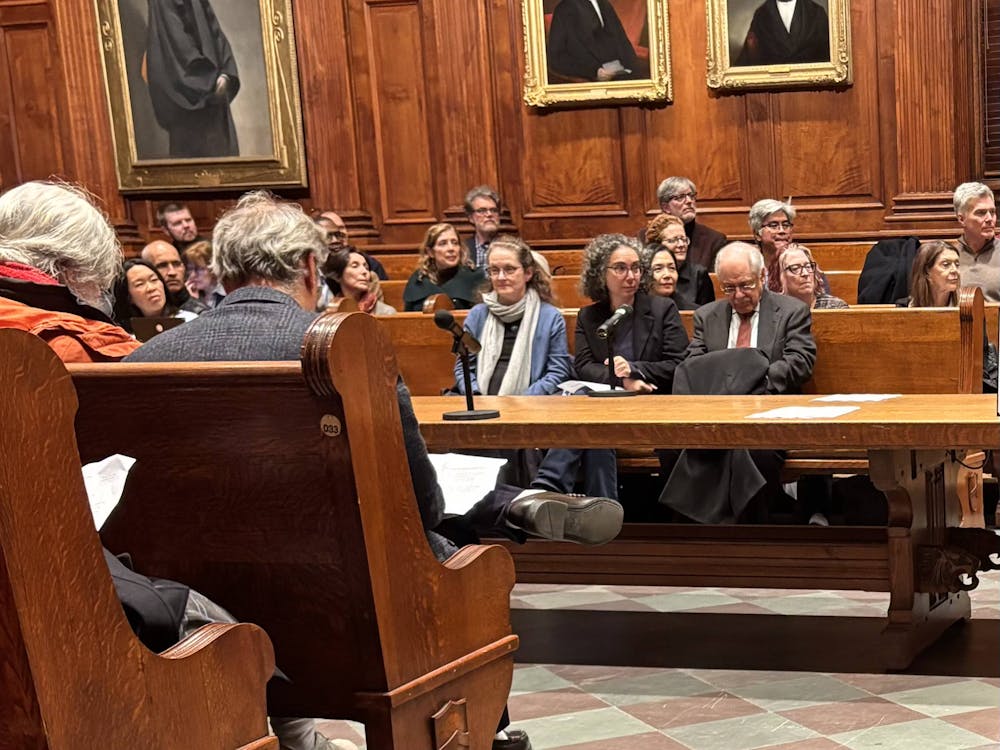Because power from the public electricity grid was lost in the wake of the storm, the University relied principally on its cogeneration plant for electricity. As a result, the University had to limit its power usage to guarantee continued supply for the facilities that needed it most, including the residential and dining buildings.
The Frick Chemistry Laboratory was among the buildings that had no power the day after the storm. Expensive experimental machinery — such as freezers, refrigerators, mass spectrometers and equipment in the nuclear magnetic resonance laboratory — was set to run on emergency backup generators. In addition, 2,000 pounds of dry ice was ordered in case the minus-80 degree Celcius freezers lost power.
The department also backed up the cryogenic freezer with liquid nitrogen as a precaution.
The laboratory suffered no damage because of these preparations, according to Chemistry Facilities Manager Alice Monachello. While she said there were not any serious problems, some experiments were halted for a few days.
“We were ready for the storm and we prepared for it,” she said. “It wasn’t a surprise.”
For the molecular biology department, which has laboratories in Lewis Thomas, Schultz, Icahn and other buildings, the main problems stemmed from the huge steam loss that occurred during the storm. William Huston, facilities manager for the molecular biology department, said equipment running on steam had to be restarted after the storm passed. As a result, the storm did complicate a number of projects.
“In the long run, it sets experiments back,” Huston said.
The Princeton Plasma Physics Laboratory, located on the Forrestal Campus, lost power for a total of three and a half hours. Trees and lights in the surrounding area also came down. Kitta MacPherson, the director of communications at the laboratory, said the impact was mild.
No experiments were disrupted mainly because many of the experiments were not set to run that week. A majority of the PPPL’s researchers and students were at an American Physical Society meeting in Providence, R.I., and avoided the storm, according to MacPherson.
Prior to the storm, 50 employees attended a meeting at the laboratory to plan for the storm and ensure the safety of the buildings and experiments. Afterward, employees went through the labs to make sure all materials were secure.
The PPPL not only escaped unscathed, but it opened its doors to anyone who needed to warm up or even take a shower. The laboratory notified the town that it was open to the public, and special facilities workers were on campus around the clock throughout the storm to ensure the safety of the buildings and experiments.
During the storm, 16 people came in for warmth and showers.

“We have facilities that we were able to offer to people, and people took us up on it,” MacPherson said. “We were proud to do that and help the community.”







